Electric bikes are changing how people get around cities. They combine the best parts of regular bikes with electric power, making your ride easier and more fun. E-bikes have a motor and battery that help you pedal, so you can tackle hills and long distances without getting too tired. More and more city commuters are choosing e-bikes because they can get to work faster, use less energy, and help keep the air clean.
Key Points for Commuter E-Bikes
- Pick an e-bike that fits how far you travel and the roads you use
- Make sure the bike fits you well for comfortable daily riding
- Choose one with good safety features like lights and reflectors
- Get clothes that work for the weather and always wear a helmet
- Use a strong lock to keep your e-bike safe when parked
- Think about how much you need to carry for work or shopping
- Take care of your e-bike regularly to keep it working well
- Plan routes using bike lanes and paths when you can
- Know the rules about e-bikes in your area
- Enjoy a greener, more efficient way to get around town
What Are Commuter E-Bikes?
Commuter e-bikes are electric bicycles made for daily city travel. They mix the good things about regular bikes with electric help, making your ride easier and more fun. Electric bikes have a motor and battery that give you extra power as you pedal, helping you go up hills and long distances without getting too sweaty. More city people are using these cool bikes because they can get to places faster, use less energy, and help keep the air clean.
Types of Commuter E-Bikes
There are different kinds of e-bikes for commuting. Let's look at the main types and see how they work for different commuting needs:
1. Folding E-Bikes
Folding e-bikes are great if you don't have much space or need to take your bike on a bus or train. They're small and easy to carry, which is perfect for people living in cities. Folding e-bikes like the ENGWE T14 are becoming really popular because they're so handy. You can fold them up and put them under your desk at work or in a small apartment. Plus, you can take them on buses or trains easily, which is great if you use different ways to get to work.
2. City E-Bikes
City e-bikes are made to be comfy and practical on city streets. They often have things like fenders, racks, and lights, which make them ready for daily commutes. The ENGWE Engine Pro 2.0 is a good example of a city e-bike that's built for city adventures. These bikes usually let you sit up straight so you can see traffic better and feel comfy on longer rides. Many city e-bikes also have places to carry your work stuff or groceries.
3. Hybrid E-Bikes
Hybrid e-bikes can handle both city streets and light off-road paths. They're great if your commute has different kinds of roads. The ENGWE P275 Pro is a hybrid e-bike that's good for both. These bikes are usually comfortable for riding on roads but also stable enough for light trails. Hybrid e-bikes often have wider tires than city bikes, which gives you better grip and makes bumpy rides smoother. They're a good choice if you want to ride on different types of roads and maybe explore on weekends.
Key Features to Look for in a Commuter E-Bike
When you're picking your perfect commuter e-bike, think about these important features to make sure you get a bike that's right for you:
1. Motor Power and Type
The motor is super important in your e-bike. Most commuter e-bikes have motors from 250W to 750W. The ENGWE Engine Pro 2.0, for example, has a strong 750W motor, which is great for hills and long rides. Think about where you usually ride. If you live somewhere hilly or have a long commute, a stronger motor might be better. There are two main types of motors: hub motors (in the wheel) and mid-drive motors (near the pedals). Hub motors are usually cheaper and need less fixing, while mid-drive motors spread the weight better and feel more natural when they help you pedal.
2. Battery Range and Capacity
Battery range is really important for commuters. Look for e-bikes that can go as far as your round-trip to work on one charge. The ENGWE P275 Pro can go up to 50 miles on one charge, which is great for most city commuters. When you're looking at battery capacity, think about things like how much you weigh, what kind of roads you'll be riding on, and how much help from the motor you plan to use. It's always good to have a bit more range than you think you need. Also, think about how long it takes to charge and if you can take the battery off to charge it at home or work.
3. Frame Material and Design
A good commuter e-bike should be strong but comfortable. Aluminum frames, like the ones used in the ENGWE X20, are a good mix of strong and light. The way the frame is designed also matters for how the bike feels to ride. Step-through frames make it easier to get on and off, especially if you're carrying bags or wearing work clothes. Some e-bikes have batteries that fit right into the frame, which looks nicer and spreads the weight better.
4. Braking Systems
Safety is really important, especially in busy city traffic. Look for e-bikes with good disc brakes that can stop quickly in all kinds of weather. Hydraulic disc brakes work the best and don't need as much fixing as mechanical disc brakes. Some fancy e-bikes even have brakes that help charge the battery when you stop, which can make your battery last longer.
Top Commuter E-Bikes to Consider
Let's look closer at some really good commuter e-bikes you can get at Zap Velo, and see how they work for different commuting needs:
1. ENGWE Engine Pro 2.0
The ENGWE Engine Pro 2.0 is a super strong commuter e-bike. It has a 750W motor and can go up to 50 miles on one charge, which is great for long commutes and hilly areas. Plus, you can fold it up, so it's easy to store in small apartments or offices. This e-bike is perfect if you need to ride on tough roads or want a foldable bike that's still really powerful.
- Motor: 750W Brushless
- Battery: 48V 13Ah
- Range: Up to 50 miles
- Max Speed: 28mph
- Frame: Foldable aluminum alloy
- Tires: 20" x 4" fat tires for stability and comfort
- Brakes: Hydraulic disc brakes for reliable stopping power

2. ENGWE M20
The ENGWE M20 is a versatile e-bike that's great for both city commuting and weekend fun. Its 250W motor helps you pedal smoothly, and you can change gears to control how you ride. This e-bike is perfect for commuters who want a bike that feels more like a regular bike but with some electric help.
- Motor: 250W brushless
- Battery: 36V 10Ah lithium-ion
- Range: Up to 30 miles
- Max Speed: 20 mph
- Frame: Lightweight aluminum alloy
- Tires: 26" puncture-resistant tires
- Brakes: Mechanical disc brakes
3. ENGWE X20
If you want a bit more power, the ENGWE X20 is a great choice. It's a good mix of power and being easy to carry around, which is perfect for commuters who need to ride in different parts of the city. The X20 is compact and can fold up, so it's great if you sometimes need to take your bike on a bus or train.
- Motor: 250W rear hub motor
- Battery: 36V 10Ah Lithium-ion
- Range: Up to 40 miles
- Max Speed: 20 mph
- Frame: Foldable magnesium alloy frame
- Tires: 20" x 3" all-terrain tires
- Brakes: Dual disc brakes

Battery Technology and Range
The battery is super important in an e-bike. It decides how far you can go on one charge. Most new e-bikes use lithium-ion batteries, which are light, last a long time, and can be charged many times without getting weak.
Understanding E-Bike Battery Range
How far you can go on one battery charge depends on a few things:
- How much you weigh: Heavier riders use more power, so the bike might not go as far.
- The roads you ride on: Hilly areas use more power, so you can't go as far.
- Weather: Cold weather can make the battery not work as well for a while.
- How much help from the motor you use: Using more help uses more battery power.
- How big the battery is: Bigger batteries (measured in watt-hours or Wh) usually let you go further.
- How you ride: Stopping and starting a lot in cities can affect how far you can go.
- Tire pressure: Tires with the right amount of air make the bike more efficient and help you go further.
Usually, a commuter e-bike can go between 20 to 60 miles on one charge. The ENGWE Engine Pro 2.0, for example, can go up to 50 miles, which is more than enough for most daily commutes. It's good to choose an e-bike that can go further than you usually need to ride, just in case you need to take a different route or something changes.
Charging Tips for Commuters
To make your e-bike's battery last longer and always be ready for your commute:
- Charge the battery after each ride to keep it at a good level.
- Try not to let the battery run out completely, as this can make it not last as long overall.
- Keep your e-bike in a cool, dry place to protect the battery from getting too hot or cold.
- Use the charger that came with the bike to avoid damaging the battery.
- If you're not going to use your e-bike for a long time, keep the battery about half charged.
- If you have a long commute, think about keeping a charger at work so you can charge during the day.
- Regularly check where the battery connects to make sure there's no rust or damage.
Comfort and Ergonomics for Daily Commutes
Being comfortable is really important when you're riding your e-bike every day. A comfortable ride not only makes your commute more fun but also helps prevent aches and pains over time. Here are some things to look for:
Adjustable Components
Many e-bikes, like the ENGWE P275 ST, let you adjust the seat and handlebars. This helps you make the bike fit you just right. When setting up your e-bike:
- Set the seat height so your leg is slightly bent when the pedal is at its lowest point.
- Put the handlebars where you can reach them easily without stretching.
- Look for bikes that let you change the angle of the handlebars to get it just right.
- Some bikes have quick-release levers that make it easy to adjust things.
Suspension Systems
A good suspension system can make your ride much smoother, especially on bumpy city streets. The ENGWE P275 Pro, for example, has suspension in the front and back for a comfortable ride. When thinking about suspension:
- Front suspension forks help absorb shocks from potholes and rough roads.
- Rear suspension can make longer rides even more comfortable.
- Some suspension systems let you adjust them to fit your weight and how you like to ride.
- Remember that suspension can make peddling a bit less efficient, so think about what's more important for your rides.

Safety Features for Urban Riding
Safety should always be the most important thing when commuting by e-bike. Cities can be tricky to ride in, and having good safety features can make a big difference. Here are some important safety things to look for:
Integrated Lighting
Good lights are really important so you can see and be seen, especially if you ride early in the morning or in the evening. Many e-bikes, like the ENGWE X20, come with built-in LED lights in the front and back. When thinking about lights:
- Look for bright LED lights that are part of the bike's electrical system.
- Make sure the front light is strong enough to light up the road ahead of you.
- The back light should have a flashing mode to make you more visible.
- Think about adding extra lights on the sides or in your wheels to be seen from all angles.
Reliable Brakes
Strong brakes are a must for riding in the city. Most good e-bikes have disc brakes, which work well in all kinds of weather. When looking at brakes:
- Hydraulic disc brakes work the best and don't need as much maintenance.
- Mechanical disc brakes are good if you want to spend less money.
- Make sure you can reach and use the brake levers easily and comfortably.
- Look for e-bikes where the motor stops when you use the brakes.
Reflective Elements
Reflective tires or parts on the frame can make you much more visible to other people on the road. Some e-bikes come with these, but you can also add reflective things to any bike. Think about:
- Reflective strips on the frame or wheels.
- Reflective pedals or things that reflect light in your wheels.
- Wearing clothes or accessories that reflect light.
- Adding reflective tape to your helmet or bag.
Maintenance and Care for Your E-Bike
Taking good care of your e-bike can make it last longer and always be ready for your commute. Regular care not only keeps your e-bike working well but also helps you notice problems before they get big. Here are some tips:
- Clean your e-bike often, especially after riding in wet weather. Use a damp cloth to wipe it down, but be careful not to spray water directly on electrical parts.
- Keep the chain oiled to reduce wear and make it work smoothly. Put oil on after cleaning, and wipe off any extra.
- Check the tire pressure every week. The right amount of air makes the bike more efficient and less likely to get flat tires.
- Check the brakes regularly, making sure the pads aren't too worn and the discs are clean and straight.
- Keep the battery connections clean and free from rust. A little bit of special grease can help protect the connections.
- Regularly check all the bolts and quick-release parts to make sure they're tight and secure.
- Have a professional check your e-bike at least once a year, or more often if you ride every day or in tough conditions.
For more detailed tips on taking care of your e-bike, check out our E-Bike Maintenance and Care Guide.
Legal Considerations for E-Bike Commuters
Before you start commuting with your e-bike, it's important to know the rules in your area. E-bike laws can be different in different countries, states, and even cities. In most places, e-bikes are put into groups based on how fast they can go and how powerful their motor is. Here are some general guidelines:
- Class 1 e-bikes: Only help when you pedal, with a top speed of 20 mph (32 km/h)
- Class 2 e-bikes: Can go without pedaling, with a top speed of 20 mph (32 km/h)
- Class 3 e-bikes: Only help when you pedal, with a top speed of 28 mph (45 km/h)
Most commuter e-bikes are Class 1 or Class 2, which are usually allowed on bike paths and lanes. Always check the rules where you live to be sure. Some important legal things to think about include:
- How old you need to be to ride an e-bike
- Whether you need to wear a helmet
- If e-bikes are allowed on specific bike paths or trails
- If you need insurance or to register your e-bike (this is rare for slower e-bikes)
- What kind of lights and reflectors you need to have
Making the Switch: Tips for New E-Bike Commuters
Ready to start commuting by e-bike? Here are some tips to help you get started and make the most of your new e-bike commute:
- Plan your route: Look for roads and paths that are good for bikes to have a safer and more enjoyable ride. Use apps that show bike routes to find the best ways to go in your area.
- Start small: If you're new to cycling, start with shorter rides and slowly go further. This helps you feel more confident and build up your strength.
- Dress right: Wear comfortable clothes that work for the weather. Don't forget your helmet! Think about getting special cycling clothes if you're riding long distances.
- Be visible: Use lights and wear bright or reflective clothes, especially when it's dark. Try to make eye contact with drivers to make sure they've seen you.
- Lock your bike safely: Get a good quality lock to protect your e-bike when it's parked. Think about using two locks for extra safety in areas where bikes might get stolen.
- Learn basic maintenance: Get to know how to do simple things to take care of your e-bike, like checking tire pressure and oiling the chain.
- Ride safely: Follow traffic rules, use hand signals to show where you're going, and ride in a way that's easy for others to predict. Be extra careful around big vehicles and at intersections.
- Carry essentials: Pack a small repair kit with things like a spare inner tube, tire levers, and a multi-tool. Don't forget to bring your charger if you have a long commute.
- Stay hydrated: Even though the e-bike helps you, you're still exercising. Bring water, especially on longer rides or when it's hot.
- Join a community: Connect with other people who commute by e-bike in your area to get tips, go on group rides, and get support.
Conclusion
E-bikes are changing how people commute in cities, offering a fun, eco-friendly, and efficient way to get around. Whether you want to avoid traffic, get some exercise, or help the environment, there's an e-bike out there for you. With the right e-bike and a bit of planning, you can turn your daily commute from a chore into the best part of your day.
E-bikes give you a unique mix of convenience and exercise, letting you get to work feeling energized instead of tired. They're also a great way to reduce pollution and help make the air in your city cleaner. As e-bike technology gets better, we can expect to see even more cool features and longer ranges, making electric bikes an even better choice for all kinds of commuters.
Remember, the key to a great e-bike commute is choosing the right bike for you, knowing the local rules, staying safe, and taking good care of your e-bike. With all these things in place, you're all set to enjoy all the good things about commuting by e-bike.
Ready to find your perfect commuter e-bike? Check out our full range of electric bikes at Zap Velo. And if you have any questions, don't hesitate to contact us - we're always happy to help!
Happy riding, and we'll see you on the bike lanes!


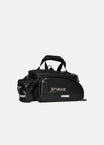
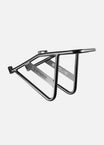
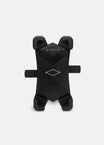
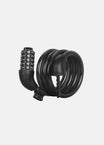
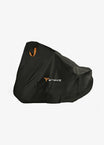
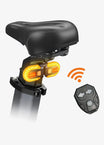
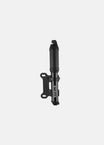

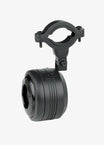
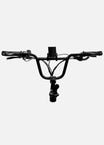
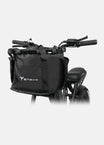





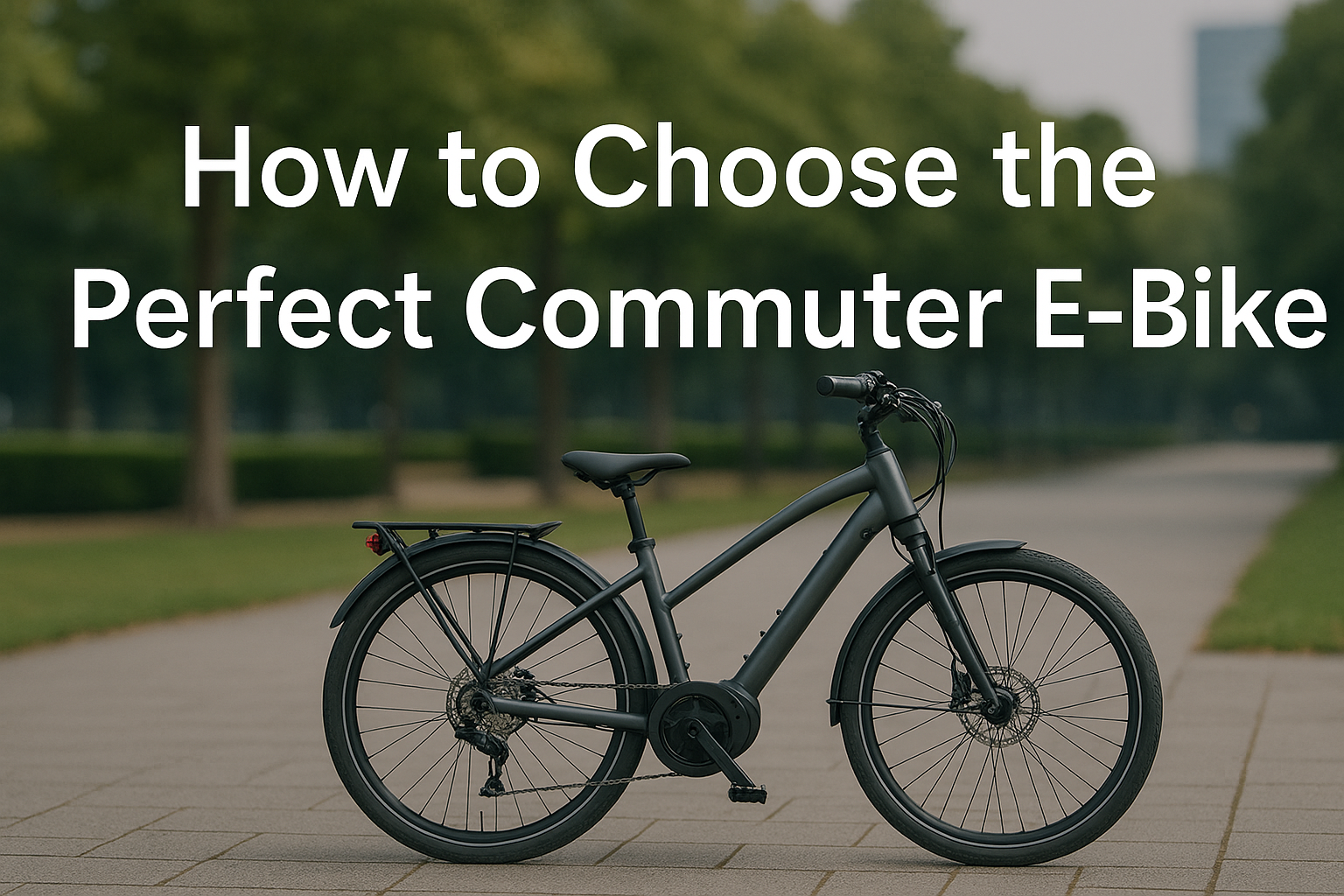
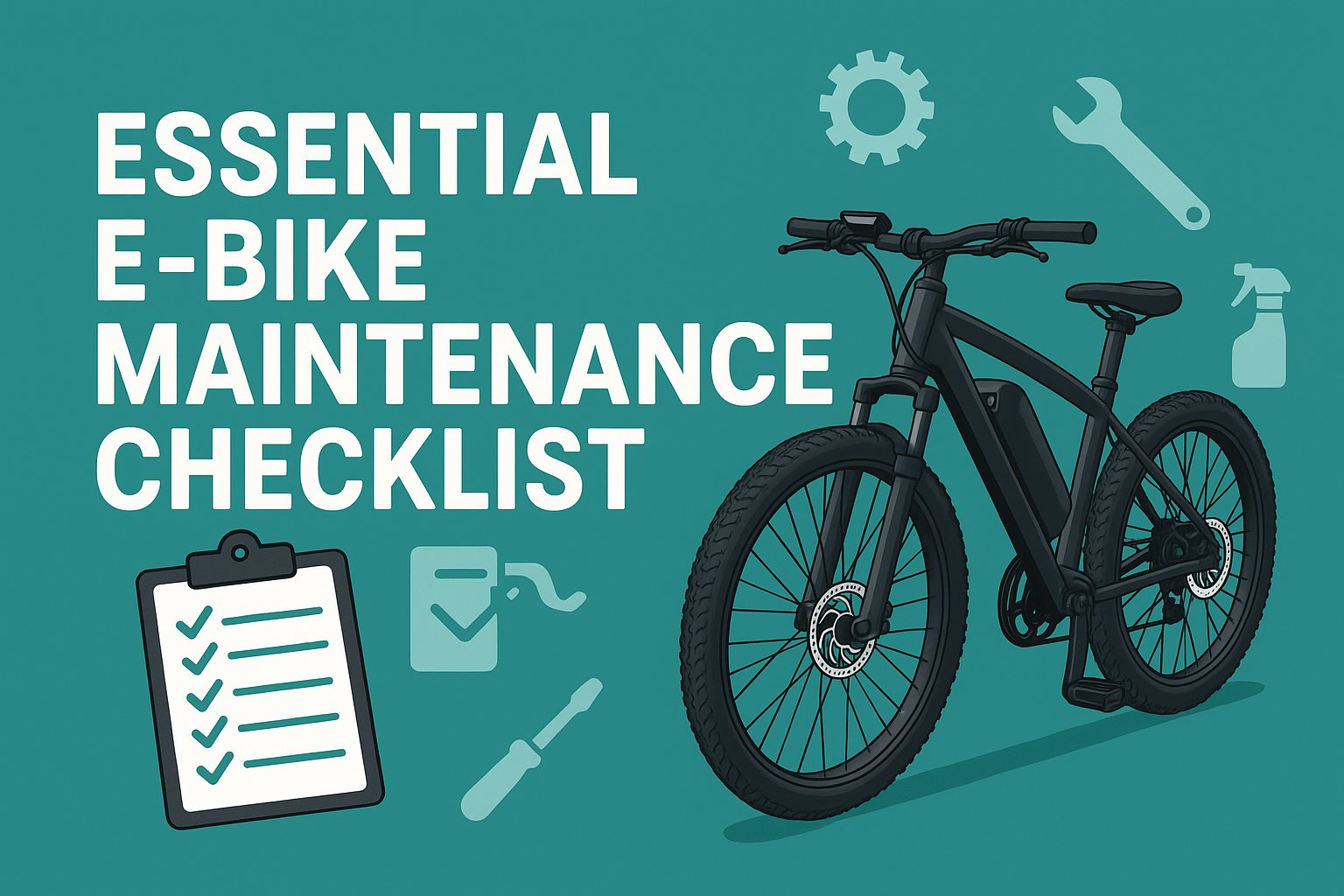
Leave a comment
This site is protected by hCaptcha and the hCaptcha Privacy Policy and Terms of Service apply.